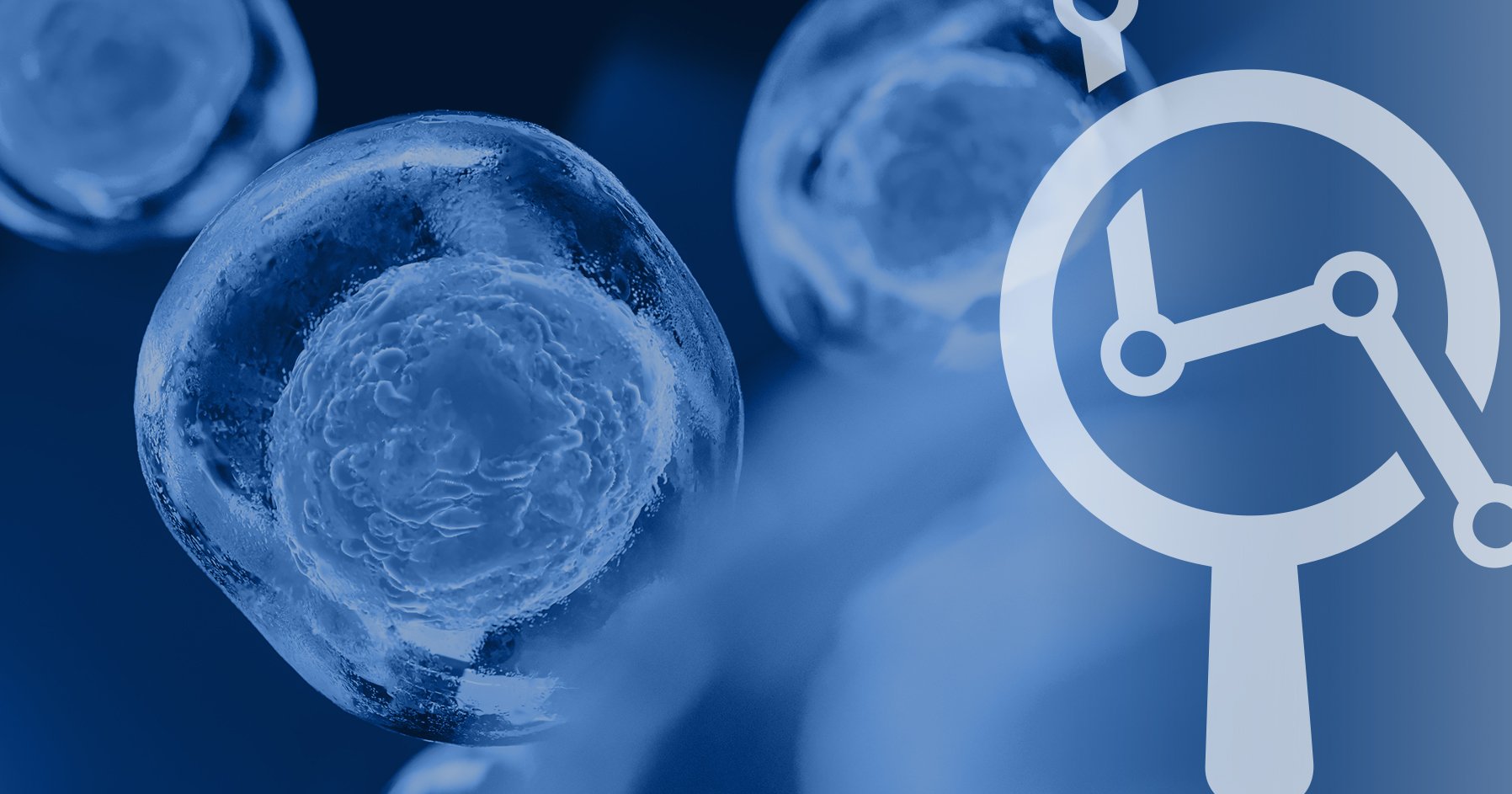A popular class of therapies for treating diabetes and obesity may also have the potential to treat alcohol and drug addiction, according to a new paper published in the Journal of the Endocrine Society.
The therapies, known as Glucagon-Like Peptide-1 Receptor Agonists (GLP-1RAs), present an encouraging approach to treating alcohol and other substance use disorders.
“Early research in both animals and humans suggests that these treatments may help reduce alcohol and other substance use,” said lead researcher Lorenzo Leggio, M.D., Ph.D., of the National Institute on Drug Abuse (NIDA) and the National Institute on Alcohol Abuse and Alcoholism (NIAAA), both part of the National Institutes of Health (NIH) in Bethesda, Md. “Some small clinical trials have also shown encouraging results.”
Current Treatment Options Are Limited
Substance use disorders are diagnosed based on criteria that can be grouped into four categories: physical dependence, risky use, social problems, and impaired control.
The negative consequences of substance use disorders represent a global problem, affecting individuals, families, communities, and societal health at large. For instance, research indicates that alcohol is the most harmful drug, with consequences that extend beyond individual health to include related car accidents as well as gun and domestic violence, researchers note.
Despite the high prevalence and consequences of alcohol and other substance use disorders, less than a quarter of people received treatment in 2023.
Underutilization is due to a variety of barriers at the patient, clinician, and organizational levels, not the least of which is the stigma associated with substance use disorders, according to the study. “Current treatments for [alcohol and other substance use disorders] fall short of addressing public health needs,” the researchers wrote.
GLP-1s and Their Potential to Treat Addiction
GLP-1 therapies have gained widespread renown in recent years for their ability to address obesity and significantly reduce weight.
In addition to its inhibitory effects on gastrointestinal systems, GLP-1 has key functions in the central nervous system, the study notes. Among them, GLP-1R activation within the central nervous system curbs appetite and encourages individuals to eat when hungry and stop eating when they are full.
Some forms of obesity have been shown to present biochemical characteristics that resemble addiction, including neurocircuitry mechanisms, the study says, acknowledging that such conclusions are controversial.
“Pathways implicated in addiction also contribute to pathological overeating and obesity,” the study says.
With this pathway in mind, researchers in recent years have looked at GLP-1s as a potential therapy to address substance use disorders. Preclinical and early clinical investigations suggest that GLP-1 therapies modulate neurobiological pathways underlying addictive behaviors, thereby potentially reducing substance craving/use while simultaneously addressing comorbid conditions.
Studies that examine GLP-1 effects on substance use disorders include:
Leggio and his colleagues caution that more and larger studies are needed to confirm how well these treatments work. Additional studies will help unveil the mechanisms underlying GLP-1 therapies in relation to addictive behaviors and substance use.
But that hasn’t dampened the optimism for these therapies to address the serious problems found in substance use disorders.
“This research is very important because alcohol and drug addiction are major causes of illness and death, yet there are still only a few effective treatment options,” Leggio said. “Finding new and better treatments is critically important to help people live healthier lives.”
Other study authors are Nirupam M. Srinivasan of the University of Galway in Galway, Ireland; Mehdi Farokhnia of NIDA and NIAAA; Lisa A. Farinelli of NIDA; and Anna Ferrulli of the University of Milan and Istituto di Ricovero e Cura a Carattere Scientifico (IRCCS) MultiMedica in Milan, Italy.
Research reported in this press release was supported in part by NIDA and NIAAA. The content is solely the responsibility of the authors and does not necessarily represent the official views of the NIH.
The manuscript, "GLP-1 Therapeutics and Their Emerging Role in Alcohol and Substance Use Disorders: An Endocrinology Primer,” was published online.
About the Endocrine Society
Endocrinologists are at the core of solving the most pressing health problems of our time, including diabetes, obesity, infertility, bone health, and hormone-related cancers. The Endocrine Society is the largest global organization of scientists devoted to hormone research and physicians who care for people with hormone-related conditions.
With more than 18,000 members in 133 countries, the Society serves as the voice of the endocrine field. Through its renowned journals and ENDO, the world's largest endocrine meeting, the Society accelerates hormone research, advances clinical excellence in endocrinology, and advocates for evidence-based policies on behalf of the global endocrine community. To learn more, visit our online newsroom.
Colleen Williams Associate Director, Communications and Media Relations Phone: (202)-971-3611 [email protected]
Jenni Glenn Gingery Director, Communications and Media Relations Phone: (202)-971-3655 [email protected]


The Endocrine News podcast brings you the latest research and clinical advances from experts in the field, whether you are in your car, office, or out for a run.

Our top-ranked peer-reviewed journals are among the first to publish major developments and discovery milestones.